Bangladesh's good growth numbers: Narrowing the gap with India?
Is India being overtaken by its eastern neighbor? Far from it, although these numbers will no doubt upset a segment of the Indian political leadership that has pushed a narrative that Bangladeshi infiltration into India is largely because of hunger and poverty, writes N. Chandra Mohan for South Asia Monitor
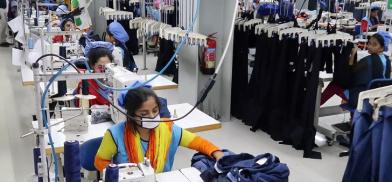
The exigencies of combating Covid 19 through containment measures that restrict mobility and shut down economic activity entail high downside risks to growth estimates in South Asia. Whether it is the IMF or World Bank or national statistical agencies, such numbers are revised downwards.
In Bangladesh, for instance, the latest statistics peg nominal growth in total output of goods and services or GDP at USD 364 billion (Tk 30,873 billion) in 2020-21 (July 2020 to June 2021). The pace of expansion works out to 5 percent after taking into account inflation when compared to 2019-20. Such an estimate, however, is much on the higher side when compared to 3.6 percent and 3.8 percent put out by the World Bank and IMF.
Not surprisingly, top Bangladesh officials consider this as a “good achievement” amidst the sharp contraction of activity in South Asia. According to media reports, these statistics were discussed in a virtual cabinet meeting, with Prime Minister Sheikh Hasina joining in from her Gono Bhaban residence. If these estimates are not lowered later, 5 percent growth for Bangladesh contrasts favorably with the devastation in Maldives, whose GDP growth could shrink by 28 percent, followed by India with negative growth of 8.5 percent, and Sri Lanka and Nepal’s minus 3.6 and 1.9 percent respectively in 2020-21.
Like Bangladesh, the adverse impact of the Covid 19 pandemic is relatively less in Pakistan that could grow by1.3 percent according to the World Bank.
However, it was per capita GDP or GDP per head of population – indicative of average standards of living in any country – that figured more prominently in reportage. Bangladesh’s per capita GDP rose by eight percent to USD 2,227 (Tk 188, 873) in 2020-21 from USD 2,064 in 2019-20. By crossing threshold levels of per capita income over the years, Bangladesh has made rapid progress reaching lower-middle-income status six years ago. It is now expected to graduate from the UN’s least developed country status to a fully-fledged developing country status (along with Nepal) over a transition period of five years from now. Bangladesh, for its part, has also ambitiously raised its sights to be among the world’s largest 25 economies by 2030.
India-Bangladesh comparison
These GDP per head numbers immediately reverberated in the neighborhood with headlines like “Bangladesh’s per capita income beats India”. Not so long ago, another story explained how Bangladesh is beating India in everything except cricket! Clearly, the purely statistical possibility of Bangladesh’s income per head of population exceeding India has triggered fears of the subcontinental giant falling behind in the development stakes. Last October, too, there was much soul-searching when IMF’s numbers suggested that this had already happened in 2020 with Bangladesh scoring a per capita GDP of USD 1,998 that was higher than India’s per capita GDP of USD 1,965. Interestingly this year, a swift reversal is expected with India’s per capita GDP showing an edge over Bangladesh.
Is India being overtaken by its eastern neighbor? Far from it, although these numbers will no doubt upset a segment of the Indian political leadership that has pushed a narrative that Bangladeshi infiltration into India is largely because of hunger and poverty. But when differentials in average income levels are in favor of Bangladesh, what indeed is the incentive for people of that country to come to India? Analogously, if income levels in the countryside rise relative to the town and cities, why would people in rural areas migrate to urban settlements? Not surprisingly, such comments were considered completely “unacceptable” by Bangladesh’s leaders, who forcefully stated that nobody dies of seasonal hunger and poverty in their country.
India is in no immediate danger of lagging as GDP per head in US currency does not take into account the fact the dollar in India may not buy the same amount of goods and services as in Bangladesh. There could be a ‘bigger bang for the buck’ in India if prices tend to be lower. So a lower per capita GDP in India can still have more purchasing power than Bangladesh’s.
The cost of living also varies across the border. For such reasons, a more preferred number is GDP per head at constant purchasing power exchange rates. On this basis, India’s per capita GDP is USD 6,125 when compared to Bangladesh’s USD 5,031 in 2020 according to the IMF. It has always been in India’s favor, but the gap between the two is fast narrowing.
Bangladesh’s growth numbers look good. But these are times when the region is battling a pandemic. These estimates – this applies to other countries in the region as well – are shrouded in uncertainty. How long the restrictions will continue; the uneven pace and progress of vaccination campaigns to immunize the population and the recovery of the world economy have a direct bearing on the robustness of these forecasts and whether they need to be revised.
(The writer is an economics and business commentator based in New Delhi. His views are personal. He may be contacted at nchandramohan@rediffmail.com)





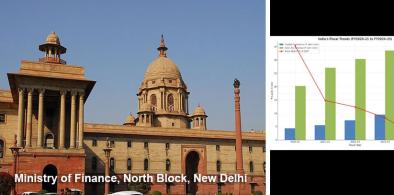

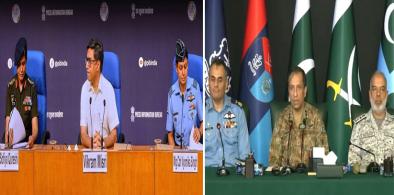
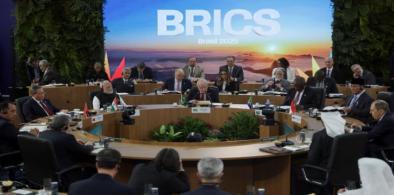
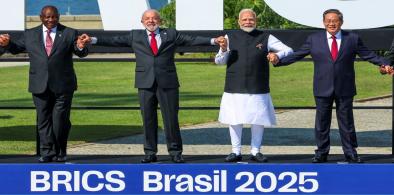
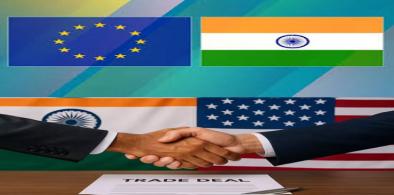
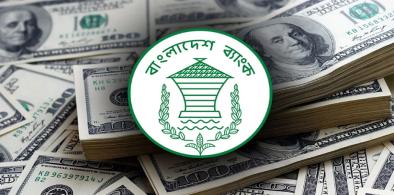
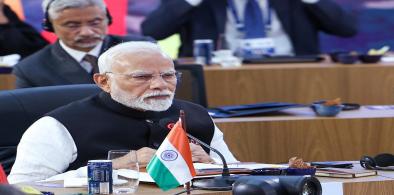







Post a Comment